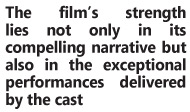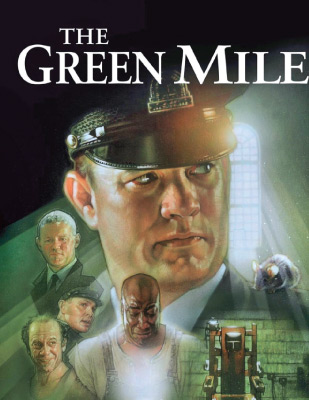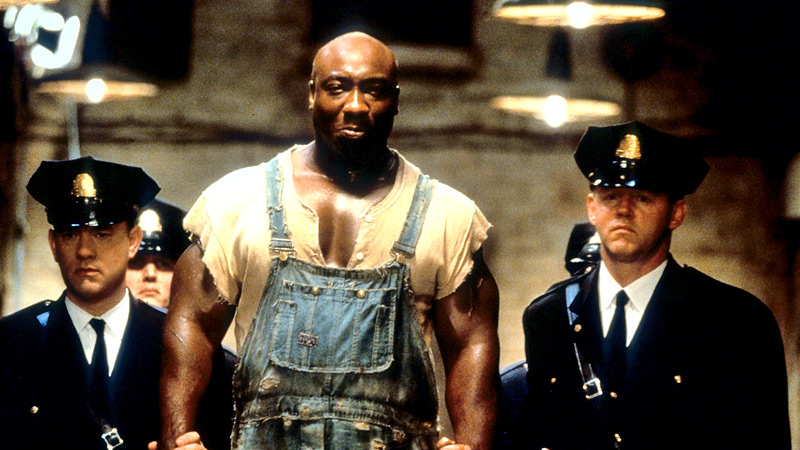 The Green Mile, directed by Frank Darabont, is an emotionally gripping and thought-provoking film that transcends the boundaries of conventional storytelling. Released in 1999, this cinematic masterpiece, based on Stephen King’s novel of the same name, weaves together elements of fantasy, drama, and the supernatural.
The Green Mile, directed by Frank Darabont, is an emotionally gripping and thought-provoking film that transcends the boundaries of conventional storytelling. Released in 1999, this cinematic masterpiece, based on Stephen King’s novel of the same name, weaves together elements of fantasy, drama, and the supernatural.
 Set against the backdrop of a Southern prison in the 1930s, the film delves into profound themes of empathy, justice, and the human condition.
Set against the backdrop of a Southern prison in the 1930s, the film delves into profound themes of empathy, justice, and the human condition.
The narrative unfolds primarily within the confines of the Cold Mountain Penitentiary, where the lives of the inmates and the prison staff intersect in unexpected and powerful ways. The story is narrated by Paul Edgecomb, portrayed by Tom Hanks, the head guard on death row. The plot takes an extraordinary turn with the arrival of John Coffey, a massive and gentle African American man convicted of a heinous crime.
Compassion and Redemption
At its core, “The Green Mile” explores the transformative power of compassion and the possibility of redemption. John Coffey, played brilliantly by Michael Clarke Duncan, possesses a unique gift that challenges the conventional understanding of justice. His ability to heal and absorb pain raises profound questions about the nature of good and evil, innocence and guilt.
The Green Mile itself, the corridor leading to the electric chair, becomes a symbolic space where the characters confront their own morality and grapple with the consequences of their actions. The film prompts viewers to reflect on the complexities of the human experience and the capacity for kindness even in the face of darkness.
Character development
The film’s strength lies not only in its compelling narrative but also in the exceptional performances delivered by the cast. Tom Hanks, as the empathetic Paul Edgecomb, brings a nuanced and deeply human portrayal to the screen. Michael Clarke Duncan’s portrayal of John Coffey is both powerful and poignant, eliciting empathy from the audience.
Supporting performances, including those by David Morse, Michael Jeter, and Doug Hutchison, contribute to the richness of the film’s characters. Each individual on death row has a story to tell, and Darabont skillfully weaves these narratives together to create a tapestry of human experiences.
Cinematic excellence
Frank Darabont’s directorial prowess is evident throughout “The Green Mile.” The film’s cinematography, captured by David Tattersall, creates a visually stunning and immersive experience. The use of lighting and shadows contributes to the film’s emotional intensity, accentuating the gravity of the moral dilemmas faced by the characters. “The Green Mile” stands as a testament to the enduring power of cinema to provoke thought, elicit empathy, and inspire introspection. Through its compelling storytelling, exceptional performances, and exploration of profound themes, the film remains a timeless classic that resonates with audiences, inviting them to ponder the complexities of the human spirit.
Frank Darabont’s directorial vision, coupled with the stellar cast, elevates ‘The Green Mile’ to a level of cinematic excellence that continues to leave a lasting impact on those who experience its emotional journey.w




